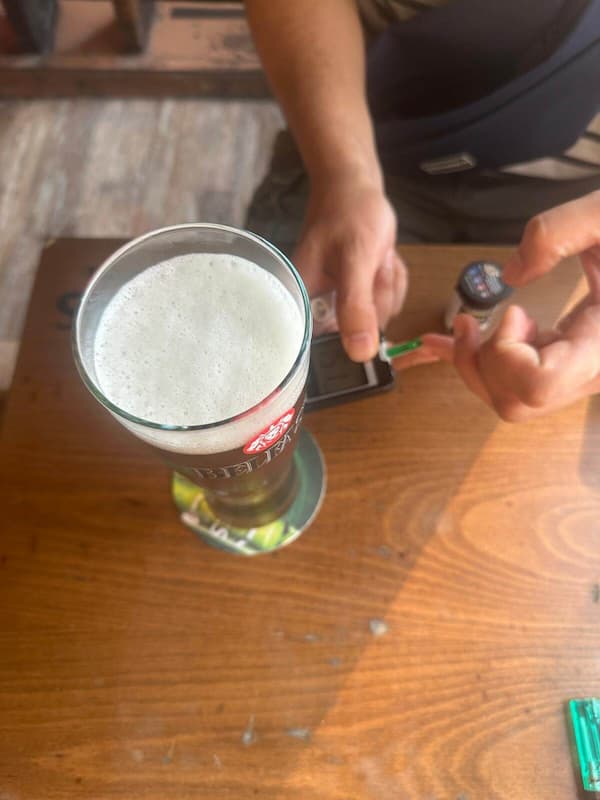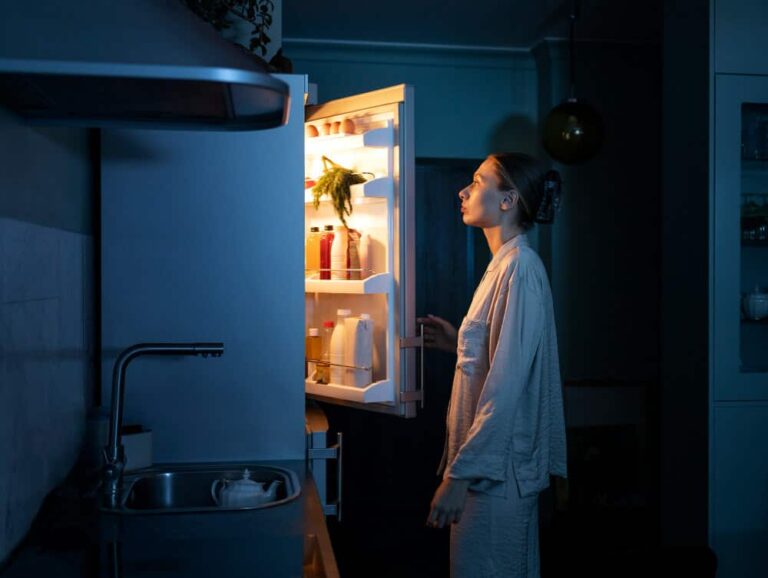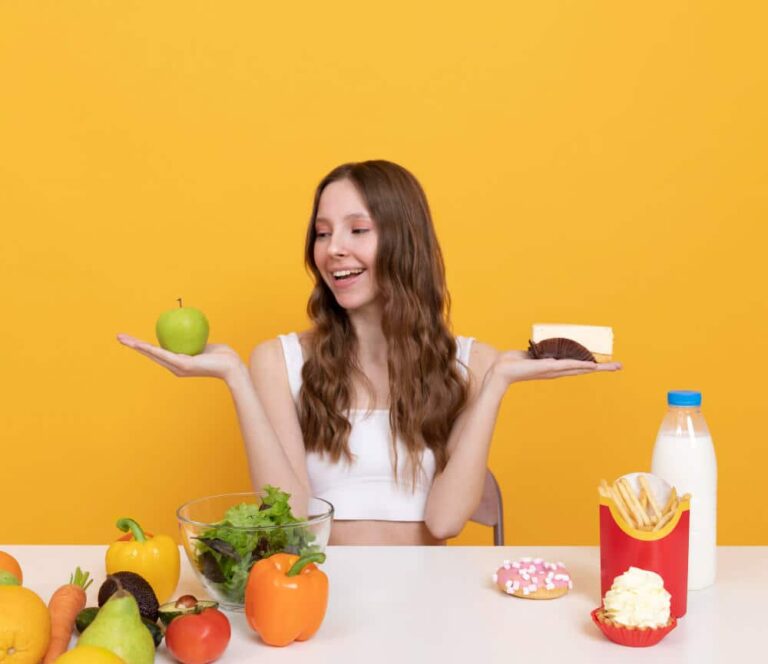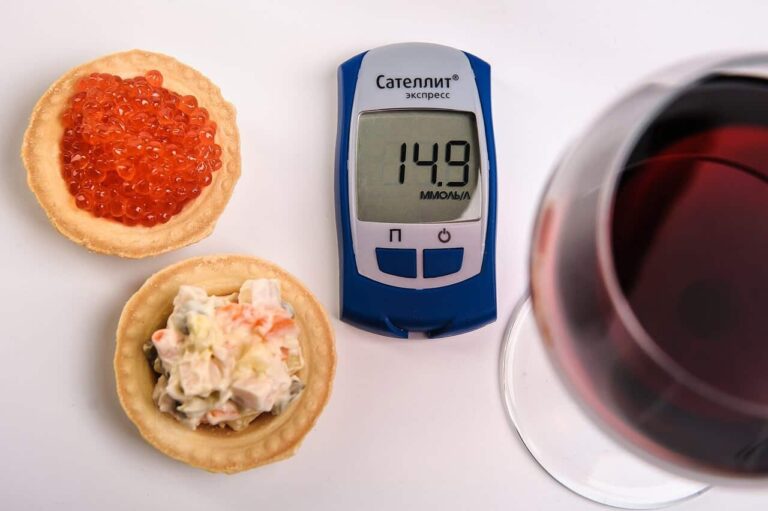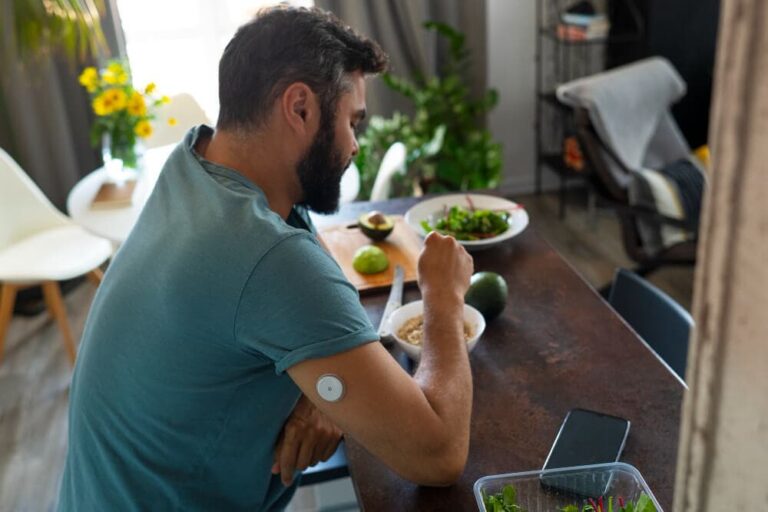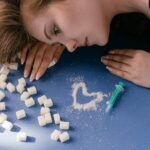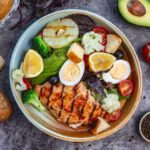Let’s be honest. The moment you’re diagnosed with Type 1 Diabetes, you feel like a thousand little freedoms are suddenly revoked. But as you get the hang of things, you realize most are still possible—with rules. And that brings us to one of the biggest question marks: happy hour.
Can you still enjoy a glass of wine with dinner? A cold beer with friends on a hot day? A celebratory cocktail?
Short answer: Yes. Absolutely.
Long, and much more important answer: Yes, but you can no longer treat it casually. Drinking with T1D isn’t about restriction; it’s about respect. Respect for the science, respect for the risks, and respect for your own body. So, pour yourself a glass of water (for now), and let’s break down the ultimate T1D guide to booze.
A VERY SERIOUS DISCLAIMER: This is one of the most critical topics we’ll ever cover. I am not a doctor. This guide is based on scientific principles, community wisdom, and personal experience. Severe alcohol-induced hypoglycemia can be fatal. Please discuss your personal situation with your endocrinologist. Do not wing it.
The Science of the Sip: Why Alcohol is a T1D Trickster
To drink safely, you must understand how alcohol messes with your metabolism. It’s a two-act play, and the finale can be dangerous if you don’t see it coming.
Understanding this interaction is the key to managing alcohol safely.
Act I: The Initial Spike (Optional)
If your drink contains carbs—like beer, a sweet cocktail (margarita, rum and coke), or a sugary wine—you’ll likely see an initial rise in your blood sugar, just as you would with any other carbohydrate. Simple enough.
Act II: The Delayed Nosedive (The Real Danger)
Here’s the part that everyone needs to understand. Your liver is your body’s unsung hero. One of its main jobs is to store glucose (as glycogen) and release it steadily into your bloodstream to keep your blood sugar stable, especially when you’re not eating.
But when alcohol enters the scene, your liver drops everything. It’s like the most important celebrity just walked into a restaurant; the entire staff (your liver) stops what they’re doing to focus solely on escorting the celebrity (alcohol) out. All other tasks—including releasing that steady stream of glucose—are put on hold.
So, while your liver is busy processing the alcohol (which can take many hours), your background/basal insulin is still working, your muscles are still using glucose, but your liver’s “sugar tap” is turned off.
The result? A slow, steady, and often silent drop in blood sugar, hours after your last drink. This is why T1Ds say, “The hangover isn’t the scariest part—the 2 a.m. hypo is.”
The T1D-Friendly Bar Menu: Making Smarter Choices
Knowing the science, let’s look at the bar menu through a T1D lens.
The Safer Sips (Your Best Bets)
- Dry Wines (Red or White): A 5 oz glass of dry wine (like Pinot Noir, Cabernet, Sauvignon Blanc, Pinot Grigio) has very few carbs (typically <4g). You get the social enjoyment without an initial spike, but you still have the risk of the delayed low from the alcohol itself.
- Spirits (Neat or with a Zero-Carb Mixer): Vodka, gin, tequila, rum, and whiskey have zero carbs on their own. Mixed with diet soda, soda water, or another zero-sugar mixer, they are a solid choice. Again, the alcohol’s effect on your liver remains.
The Cautious Choices (Proceed with Care)
- Light Beer: A 12 oz light beer usually contains around 3-7g of carbs. It’s manageable but requires attention. The small carb amount might slightly cushion the initial drop, but it’s not enough to prevent a later low.
- Hard Seltzers (e.g., White Claw, Truly): Most are very low in carbs (around 1-3g), making them similar to light beer or dry wine. They are a popular and relatively safe option, but always check the label.
The Red Zone (Generally Avoid)
- Sugary Cocktails: Margaritas, Piña Coladas, Daiquiris, etc. These are dessert in a glass, often packed with 50g+ of fast-acting sugar. They cause a massive initial spike and still leave you vulnerable to the delayed low, creating a brutal blood sugar rollercoaster.
- Regular Beer & Craft IPAs: These can be very high in carbs (15-30g+ per serving). Managing the bolus for a liquid carb that hits fast, while also anticipating a later drop, is an expert-level maneuver.
- Sweet Wines & Liqueurs: Dessert wines, port, and sugary liqueurs are high in sugar. Treat them as you would any other sugary dessert.
The Unbreakable Rules: Your Safety Playbook for a Night Out
We don’t do reckless. We do prepared. These are non-negotiable.
1. Rule #1: Never Drink on an Empty Stomach.
Food, especially a meal containing protein, fat, and complex carbs, is your best friend. It acts as a “buffer,” slowing the absorption of alcohol and giving your body a steady source of glucose to counteract the liver’s pause.
2. The Buddy System is Mandatory.
Make sure at least one trusted person with you knows you have T1D. Explain the “drunk vs. low” confusion.
- The Script: “Hey, just so you know, if I start acting weird—confused, slurring, irritable—it might not be the booze, it could be a low blood sugar. If you’re worried, just ask me to check my phone (CGM) or test.” This conversation can save your life.
3. Test, Test, and Test Again.
Your CGM is your co-pilot for the night. Keep a close eye on it. If you don’t have a CGM, frequent finger sticks are essential: before your first drink, during the night, and most importantly, before you go to bed.
4. The Bedtime Check is Non-Negotiable.
This is your final and most important safety check. Before you go to sleep, check your blood sugar. What’s a safe number? Many T1Ds aim for a slightly higher target, like 140-180 mg/dL (7.8-10 mmol/L), to provide a cushion against overnight lows. If you’re trending down, you MUST have a snack.
5. The Bedtime Snack is Your Safety Net.
If you’ve been drinking, a bedtime snack containing complex carbs and some protein/fat is a brilliant idea. A piece of toast with peanut butter, a small bowl of cereal, or some cheese and crackers can provide a slow release of glucose overnight to fight off that delayed hypo.
Final Thoughts: Preparation, Not Prohibition
Managing alcohol and Type 1 Diabetes is like dancing in a crowded room—it’s absolutely doable, and can even be fun, but you have to be aware of your surroundings and know your steps.
You don’t have to give up celebrations, a quiet drink on vacation, or a happy hour with colleagues. You just have to switch from a “casual drinker” mindset to a “strategic operator” mindset. Know your body, know the rules, and own your diabetes with confidence.
And remember, there is zero shame in saying “no thanks.” You’re not boring if you skip the drink. You’re bold if you know your limits and put your health first. Cheers to that.


